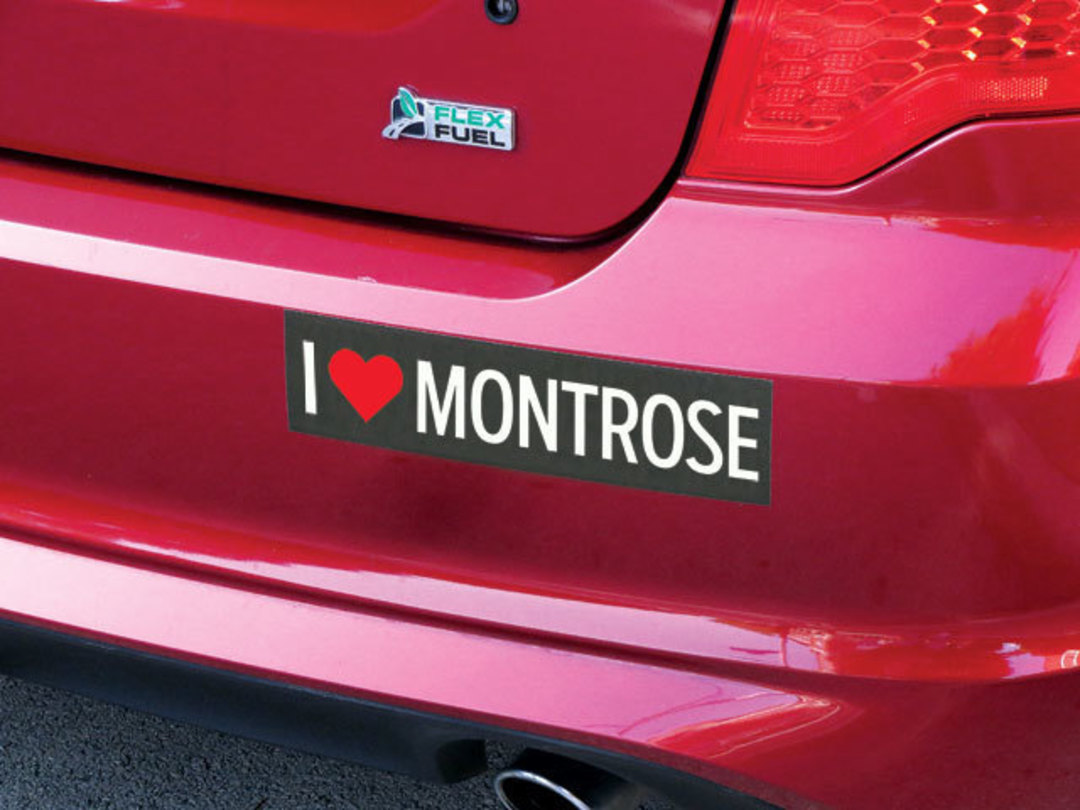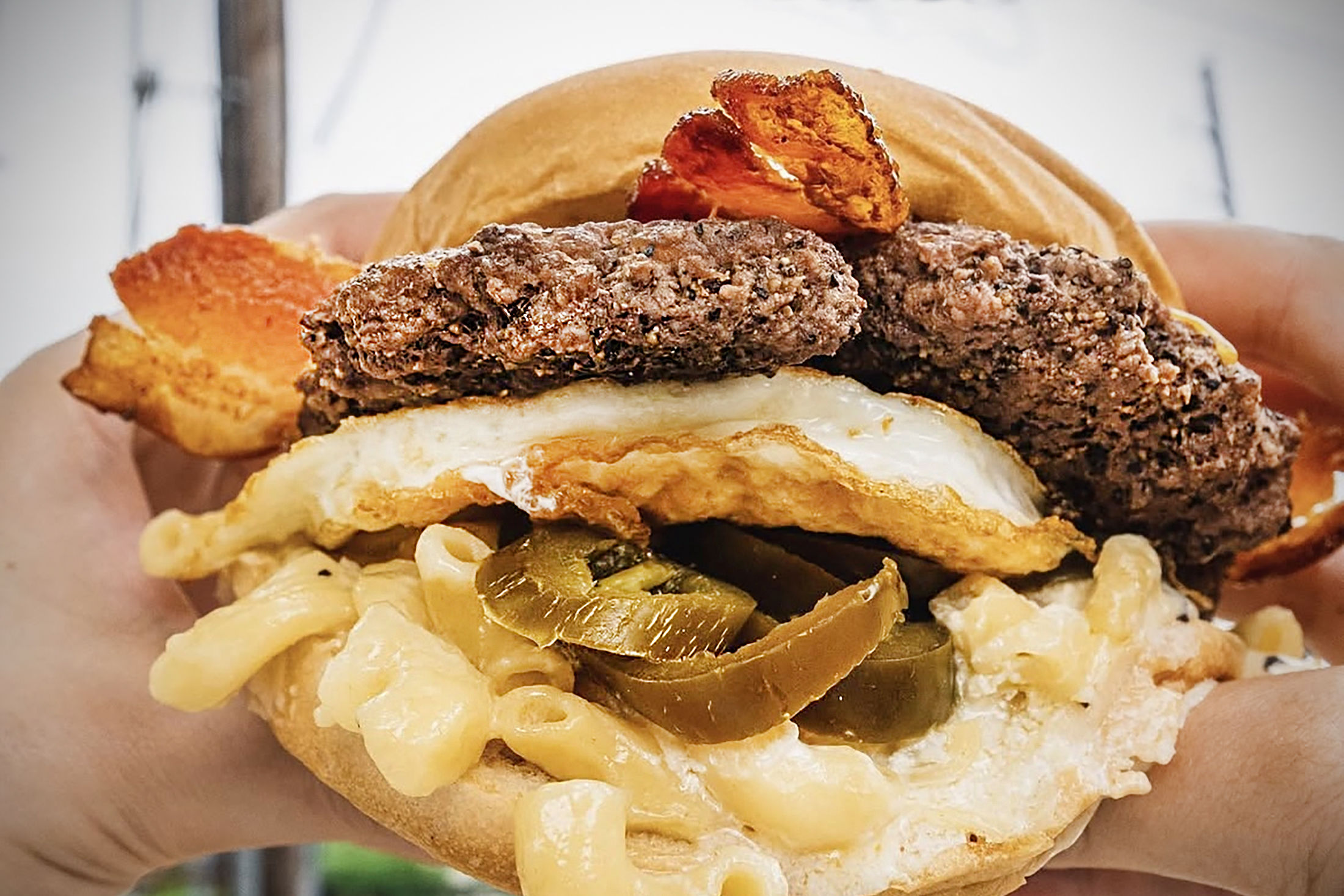Dept. of Rants: Rising Rent in the Austin of Houston

We were in Montrose the other day and, okay, maybe it’s us. Maybe we were just in a bad mood, maybe we were just lapsing into old-man-hell-in-a-handbasket-kids-today mode, but Montrose … just didn’t seem the same.
Now, Montrose is the Austin of Houston. No matter when you got there, someone will always tell you that it was cooler five years ago. It’s a litany that’s been passed down from the beatniks to the hippies to the gays to the punks to the hipsters to the latest newcomers: MBAs and O&G engineers.
Only this time, we thought, it’s true. What once was louche has become luxe, funky has been displaced by highfalutin, and the artists and musicians and poets have pretty much picked up and left, forced by rising rents to scatter themselves to the four corners of the city, to Glenbrook Valley and Acres Homes, Lindale Park and Westbury. Which wouldn’t much matter, we said, still kvetching, if it weren’t that creative types are responsible for pretty much everything we love about this great, flawed, dynamic, miserably wonderful town.
Our friends agreed, being of a similar age and ... our friends. Actually these former Montrosians took things further, saying they’d felt less priced out of the neighborhood than cultured out. “In our last years we realized that everything we loved had been replaced by things we despised,” ranted Kevin Bakos of Sound Exchange record store on his decision to leave his cheap Montrose “crumbalow” and decamp to the Third Ward. “Our once-friendly working-class neighbors had all been replaced with conservative PTA NIMBYs and we were getting walled in by condos.” Then ex-Montrosian Dean Davis chimed in. “It’s starting to feel ... cleaner,” he told us. “Healthy in that way that housecats get when compared to their feral counterparts.”
And before you ask, yes, when your friends start waxing poetic about feral cats, it’s time to wonder whether you’ve all jumped the generational shark. But we weren’t the only ones sore. Property taxes have quintupled or more in the last two decades, and rents have kept pace. Cheap Montrose apartments are now as rare as out-and-proud Democrats in Tanglewood, and this being Houston—rather than, say, San Francisco or New York—rent control or stabilization isn’t even on the table.
Still, our attitude still seemed very Clint Eastwood in get-off-my-lawn mode. After all, the neighborhood never had a supermarket like that H-E-B in the old days. Crime’s way down. Plus, there are a lot more, um, Juliet balconies.
And pockets of Old Montrose hang on—much of Richmond and Fairview, as well as Lola’s, Rudyard’s, Boheme, Avant Garden, Brasil, and Poison Girl, a few tattoo parlors, and Texas Junk. After dark, Montrose remains every bit the gayborhood it’s been since the ’70s, and the line of eateries on Westheimer nowadays—Uchi, Underbelly, Mark’s, Hugo’s, Indika, and on and on—is the envy of Texas, if too pricy for most of those who made the neighborhood what it is today.
And then, just when we were starting to warm to the whole idea of the new Montrose, we made the mistake of strolling down the 2100 block of Lexington, or The Street, as it was known from the early ’80s through much of the ’90s, when, enticed by its bargain prices and proximity to music venues, Houston’s underground punk, rock, and funk musicians flocked to the strip of aging brick duplexes and two-story homes near the corner of Greenbriar and the Southwest Freeway.
You shoulda been there. After hours, The Street was the site of all the best parties. Two of the properties, known as the “Sprawl House” and the “Flower House,” are still legendary for the rip-roaring bashes they hosted and for all the now-internationally-renowned bands—the Red Hot Chili Peppers come to mind—whose members passed out on the premises.
Many of the bands that soundtracked the ’90s for Houstonians were based, rehearsed, and/or coalesced on Lexington. It was the last time the city has had anything close to a cohesive music scene, and it was all thanks to cheap rents. Really. You don’t have to take our word for it. As author Brad Tyer put it once, “Something happened there. Location and time and cheap rent and a ‘benevolently disinterested’ landlord and safety and foot access and the nearness of like minds conspired to make The Street more than just a place.”
It’s more than a place now too. Now it’s … a seven-story Audi dealership. We know. We’re
trying to keep an open mind.




